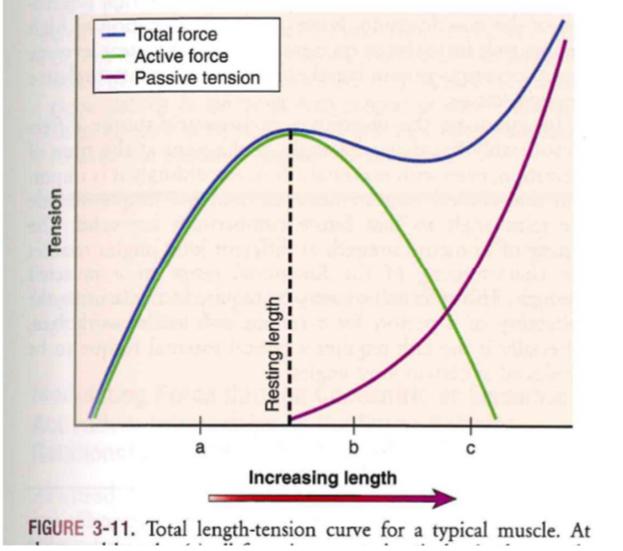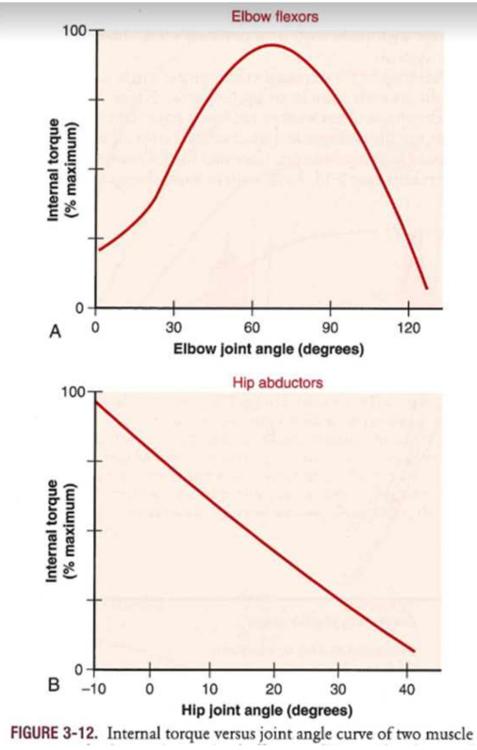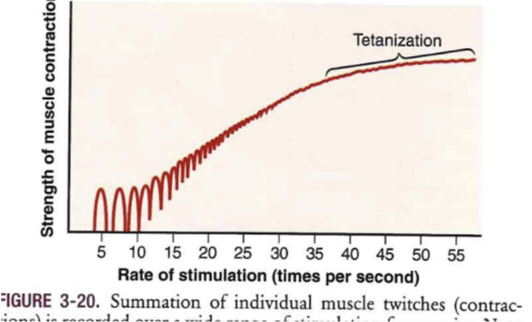Instructions for Side by Side Printing
- Print the notecards
- Fold each page in half along the solid vertical line
- Cut out the notecards by cutting along each horizontal dotted line
- Optional: Glue, tape or staple the ends of each notecard together
Biomechanics Exam #2 (Muscle Phy.)
front 1 Muscle fiber | back 1 individual cell with multiple nuclei |
front 2 Sacromere | back 2 Fundamental unit within each muscle fiber |
front 3 Contractile proteins [AKA active] (actin & myosin) | back 3 shorten the muscle & generate force |
front 4 Noncontractile proteins [AKA structural] | back 4 provide supporting structure for contractile proteins |
front 5 Structural proteins/skeletal muscles are important: | back 5
|
front 6 Collagen & elastin | back 6 structural support & elasticity to the muscle |
front 7 Skeletal Muscle Types | back 7
|
front 8 Epimysium | back 8 tough outer covering that separates the muscle belly from other structures in the body |
front 9 Perimysium | back 9 divides the muscle into fascicles & allows room for blood vessels & nerves to travel |
front 10 Endomysium | back 10
|
front 11 Muscle Morphology | back 11  Fusiform & pennate are most common |
front 12 Physiologic Cross-sectional Area (PCSA) | back 12
|
front 13
| back 13
|
front 14 Pennation Angle | back 14
|
front 15 Generating Force: Passive Length-Tension | back 15  |
front 16
| back 16 
|
front 17 Muscles during Passive Length-Tension Curve | back 17
|
front 18 Passive Length-Tension Curve: Elastin | back 18
|
front 19 Generating Force: Active Length-Tension | back 19 
|
front 20 Generating Force: Active Length-Tension (Sliding Filament Theory) | back 20  |
front 21 Sliding Filament Theory | back 21
|
front 22 Sliding Filament Theory (sarcomere) | back 22
|
front 23 The TOTAL length-tension relationship | back 23  |
front 24 Internal Torque-Joint Angle Curve | back 24 
|
front 25 Internal Torque-Joint Angle Curve (muscle) | back 25 
|
front 26 Force-Velocity Curve | back 26  |
front 27 Force Velocity Curve: 3 contractions | back 27
|
front 28 Concentric (FVC): | back 28
|
front 29 Eccentric(FVC): | back 29
|
front 30 Isometric(FVC): | back 30
|
front 31 Max effort concentric contraction (FVC): | back 31
|
front 32 Max effort eccentric contraction(FVC) | back 32 directly proportional to the velocity of muscle lengthening |
front 33 Eccentric force production >> concentric | back 33
|
front 34 Power equation | back 34  Work/time |
front 35 Alpha Motor Neurons | back 35
|
front 36 motor unit | back 36  alpha motor neuron and all of the muscle fibers it |
front 37 Motor unit recruitment | back 37
|
front 38 Henneman’s Size Principle | back 38
|
front 39 Small motor units | back 39
|
front 40 Large motor units | back 40
|
front 41 Fiber typing | back 41  |
front 42 Rate coding // Neural Drive | back 42 
|
front 43 Choosing between recruitment & rate-coding: eccentric activation: | back 43 High force per crossbridge ==> less motor units required |
front 44 Choosing between recruitment & rate-coding: Concentric activation | back 44 Lower force per crossbridge ==> more motor units required |
front 45 Choosing between recruitment & rate-coding: Rapid task | back 45 Higher rate coding |
front 46 Electromyography (for muscle recruitment) | back 46
|
front 47 The Law of Parsimony | back 47
|